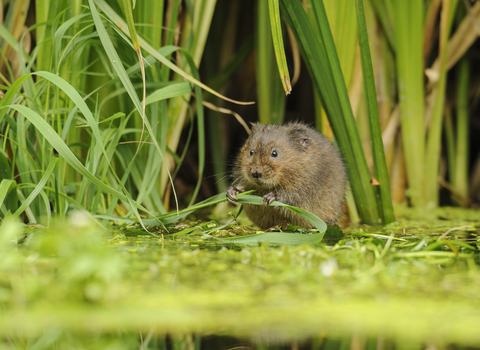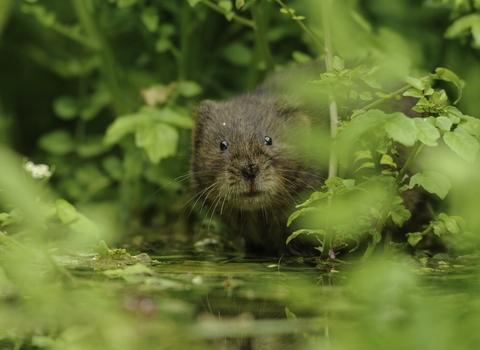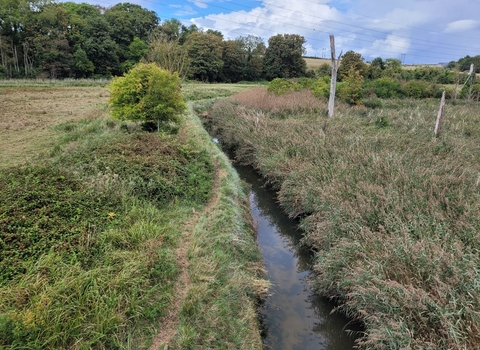The Water Vole Project
The water vole is under serious threat from habitat loss and predation by the American mink. Found along our waterways, it is similar looking to the brown rat, but with a blunt nose, small ears and furry tail. We're on a mission to bring back this charismatic species back to the rivers, streams, and ditches of Wales!
Why are Water Voles important?
Once widespread across South Wales, Water Voles are now effectively extinct in all but a few locations in the Glamorgan uplands. A native species, Water Voles help control the growth of aquatic plants, which is turn cultivates biodiversity. Sadly, by the early 2000s their populations had decreased significantly, largely fuelled by 3 primary factors: predation by American Mink, loss of riparian habitat, and changes in land management. Conservation of this precious native species is vital.
The recovery of Water Voles relies not only on securing remaining strongholds, but also re-introducing Water Voles from captive bred populations as well. Previous successful reintroductions in Wales demonstrate the importance of addressing all three factors which influenced their decline. Monitoring shows that these reintroductions have been successful, demonstrated by increased habitat connectivity of the Water Voles. To secure the long-term resilience of this species, there is a need to build on the work and establish a robust landscape network to allow for further expansion.
Water Voles will help nature recover in Wales
Water Voles are known for their amazing ability to control the growth of aquatic plants, which is turn cultivates biodiversity
The future of this charming riverside creature is in peril; the water vole needs urgent help to survive in the UK. Water voles are a vital part of river ecosystems.



